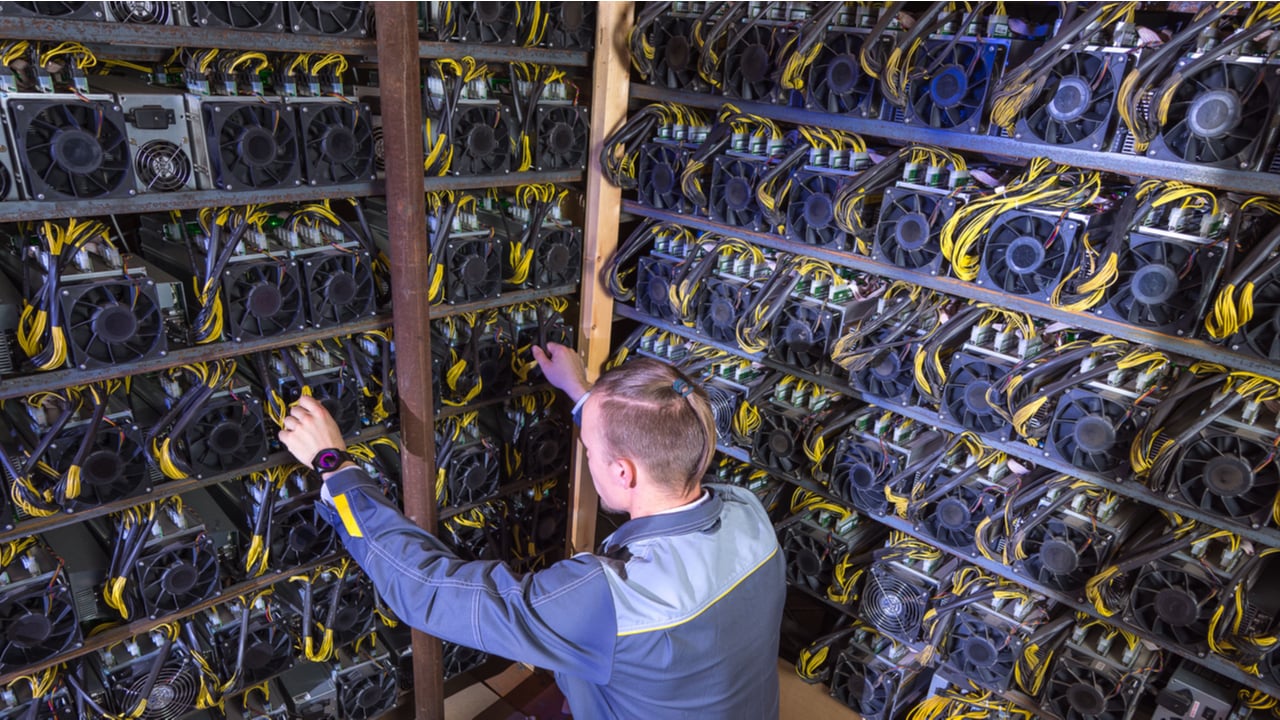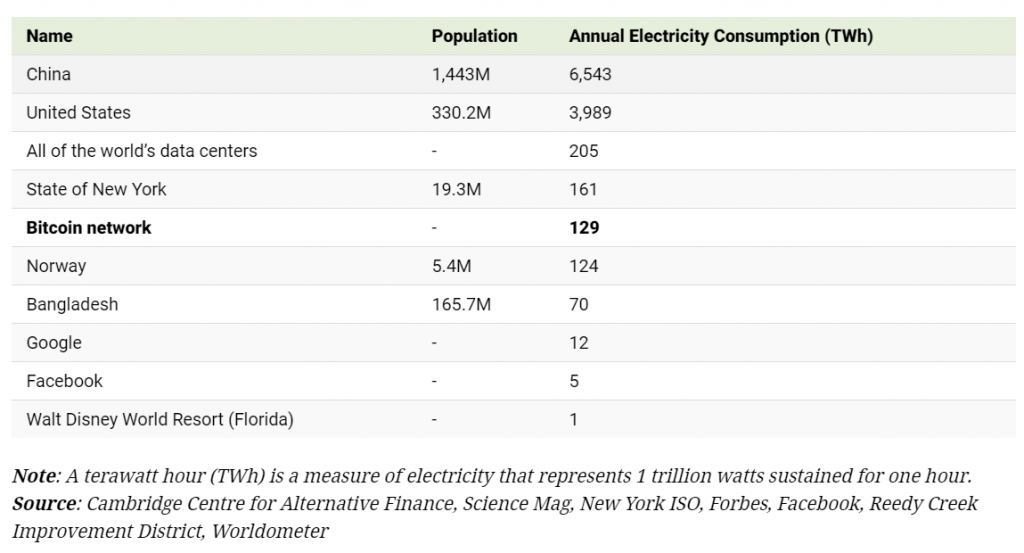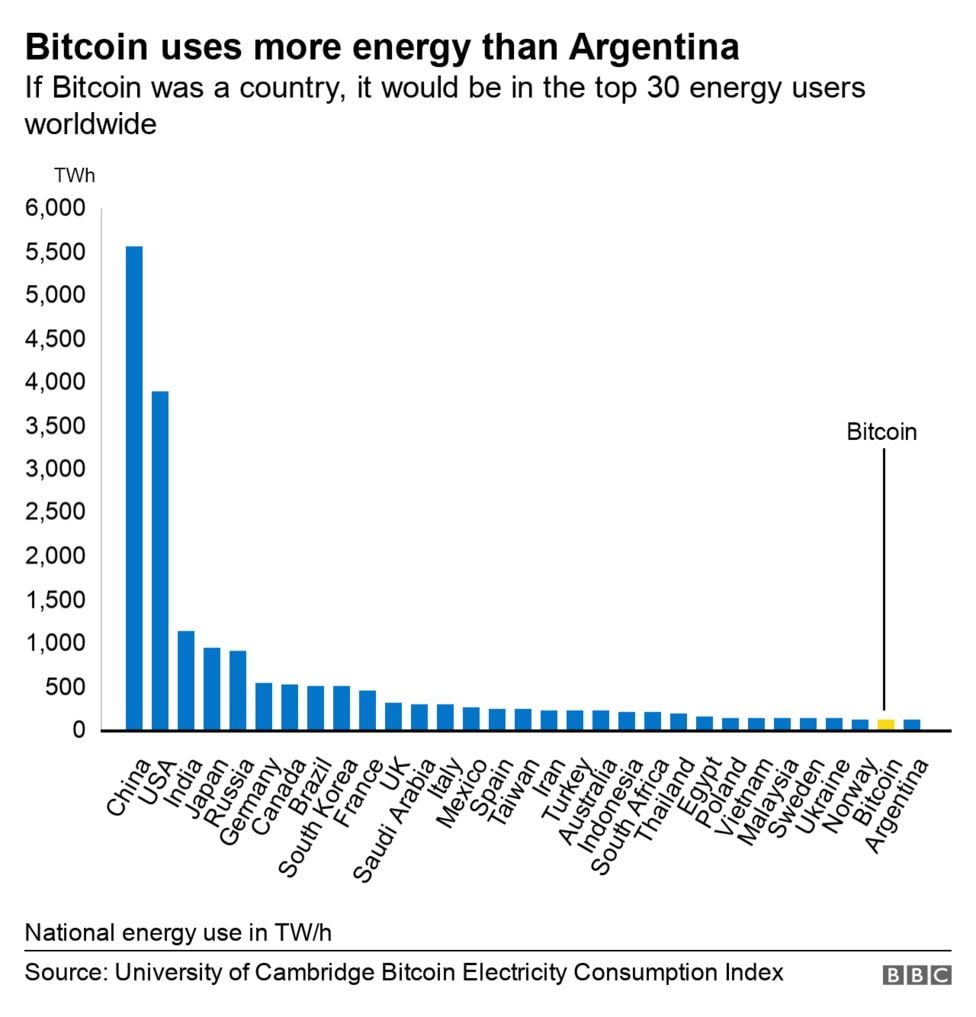 This article was submitted by a Guest Contributor.
This article was submitted by a Guest Contributor.
The opinions expressed in this publication are those of the Guest Author/Contributor. They do not purport to reflect the views or opinions of the Financial Horse Team.
In the early days of Bitcoin, anyone with a laptop had enough processing power to mine and earn thousands of BTC as a reward. But as it grew in popularity, more miners wanted in, setting off an arms race to amass computing power.
It started when a few crafty miners realised graphic cards typically used for video games were a more effective for mining. Soon, the rest of the pack caught up, leading miners to devise new ways to gain an edge.
The game today is so sophisticated that you need a specialised computer – whose sole function is to mine bitcoin – to stand a chance of earning a reward. A decade ago, mining involved a bunch of cypherpunks processing transactions from their home computers.
Today’s mining rigs look more like data centres. Facilities with millions of dollars’ worth of equipment are dedicated to digging for digital gold.
Looking to buy Bitcoin? Check out Financial Horse’s 2021 Complete Guide to buying Bitcoin!
What is Bitcoin Mining?
To understand why this shift happened, we have to understand how the mining process works. Because Bitcoin is a decentralised currency, it relies on the network to process and validate transactions.
This process is known as Proof-of-Work, which involves validating transactions by competing with other miners to solve complex mathematical puzzles. Successful miners get rewarded their work. Currently, each successfully mined block generates 6.25 BTC.
That’s about US$395,000 at the time of writing. And as the value of Bitcoin increases, so does the lengths miners will go to prospect for it.
So, what exactly are miners doing? To put it simply, they have to guess a 64-digit hexadecimal number, called a hash. It looks something like this:
0000000000000000012bbc159ce0780d76b87c1819903e9fa17ac56e4cc581e
Finding an answer an answer involves trying out random numbers. The probabilities of finding this number is extremely low. There is the sheer difficulty of guessing the number, and even if you do find it, you have to be the first to solve the puzzle to earn the reward.
There is no skill involved. And so, earning a reward is a combination of luck and computational power. The computer that can spit out guesses at the fastest rate increases its chances of winning.
This explains why mining has gotten so expensive. It’s like the 4D lottery. A person with twenty tickets has a better chance of winning than a person with only one. Miners constantly upgrade their gear to increase their hash rate (i.e. the number of guesses per second) to outrace the global competition.
Here’s the problem. The difficulty of mining bitcoin gets harder as usage increases. This is because puzzles are algorithmically adjusted to make sure that one new block is created, on average, every ten minutes. As of now, any given guess has a one in 23.13 trillion chance of being correct.
Recently, it was reported that regional blackouts instituted in Northwest China may be the cause of a drop in hash rate from several China-based bitcoin mining operations. According to a BTC.com screenshot shared by Wu Blockchain, the hash rate of several major bitcoin mining pools has dropped significantly. Antpool’s hash rate crashed by 24.5% in a 24-hour period, Binance Pool by 20%, BTC.com by 18.9% and Poolin by 33%.
Crypto Mining Firms
Because of the demand, specialized crypto mining firms have emerged.
Coindesk reports that theTexas-based cryptocurrency mining firm Blockcap mined 544 bitcoin (BTC, +3.32%) in Q1. Meanwhile, rival Riot, one of the largest publicly traded miners in North America, mined 491 bitcoin in the same period, per Securities and Exchange Commission filings.
Publicly traded Marathon Patent Group, pulled in 196 BTC in Q1 of this year.
According to Coindesk, each of these companies have been buying up mining rigs in a race to expand as North American investor appetite for Bitcoin’s mining has never been greater.
These mining companies, along with others like Luxor and Gryphon, have grown significantly over the past year. The United States and Canada now share anywhere from 10%-15% of Bitcoin’s global hashrate, a trend that could continue with investment dollars pouring into North American mining firms.
A Sustainability Issue – Crypto Going Green
Bitcoin is anti-efficient by design. The difficulty of mining blocks is what makes it secure. Factor in the cost of electricity, investments in specialised equipment, and the costs quickly add up.
Then there is the environmental cost. Millions of computers trying to solve complex mathematical puzzles uses a ton of energy. And you also have to factor in the energy wasted by computers that lose the race.
As such, it’s estimated that the carbon emissions from one Bitcoin transaction is equivalent to 735,121 Visa transactions.
If Bitcoin was a country, it would rank in the top 30 in terms of total energy consumption. It makes for a good headline: “Bitcoin consumes ‘more electricity than Argentina’”. Making things worse, 61% of bitcoin mining is powered by fossil fuels.

About 70% of Bitcoin mining takes place in China. This activity is concentrated in rural areas, where miners have access to cheap, coal-powered electricity and undeveloped land to house servers.
Mining bitcoin using renewable energy could eliminate its carbon footprint. For example, some activity takes place in China where low-cost hydroelectricity is available. Bitcoin proponents, such as Square CEO Jack Dorsey, believes cryptocurrencies will eventually go green. To accelerate this transition, it launched a $10 million fund for companies making bitcoin mining more energy-efficient.
Still, it boils down to incentives. Bitcoin’s decentralised network is a double-edged sword. Mining activity will concentrate where electricity is cheapest. Currently, that includes sources with high carbon emissions, such as coal.
See the aerial photo below taken on April 11, 2021, of a rescue site at a flooded coal mine in Hutubi County, China’s Xinjiang region. (Source: Fortune)

The alleged incident involved an immense coal mine in Xinjiang being flooded and shut down over the weekend of April 17–18. The blackout halted no less than one-third of all of Bitcoin’s global computing power.
Bitcoin mining is in large part being fuelled by Coal, and the huge demand and spike in price, is pushing pollution and carbon emissions to unsustainable heights.
Conclusion
Companies and regulators are increasingly concerned on finding a sustainable solution to crypto mining.
One solution that has been suggested is to cluster cryptomining facilities near renewable energy projects, killing two birds with one stone. For instance, in April 2020, a city in China issued a public guidance encouraging blockchain firms to take advantage of its excess hydroelectricity.
The Canadian publicly traded bitcoin mining company Bitfarms (TSXV:BITF, OTC:BFARF) has announced a deal that will see the company developing a 210 megawatt (MW) mining farm in Argentina.
Bitfarms says that the company was able to secure a low electricity rate at $0.02 per kWh during the contractual period, and that the break-even costs in Argentina is 45% cheaper than Quebac.
Over time, the industry is bound to evolve and innovate to cope with the skyrocketing demand.
Other articles in our Crypto series:
- Bitcoin vs Ethereum – Which is the Better Buy?
- 5 Cryptocurrencies to Know!
- Financial Horse’s 2021 Complete Guide to buying Bitcoin!
This article was submitted by a Guest Contributor. If you would like to submit an essay, email [email protected]!
The opinions expressed in this publication are those of the Guest Author/Contributor. They do not purport to reflect the views or opinions of the Financial Horse Team.
Follow Financial Horse on Telegram for weekly updates! For video content, check out our Instagram & YouTube Channel!
